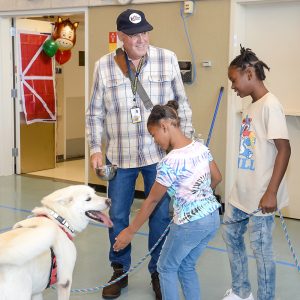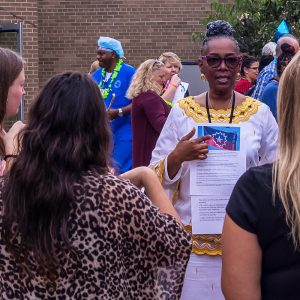RCLD Outreach Training
Section 2: Get started
Finding existing networks
Community effort idea
Join existing networks
Who and what would be most beneficial to engage with? Here are a few tips!
- Think outside of disability-specific events (e.g. homelessness coalitions or the Chamber of Commerce).
- Ask community and organization leaders what meetings or events they have going on and if you can join, even just to sit and listen.
- Collaborate on grants with other organizations (e.g. for food pantry funding or for county transportation funding)
- You can also seek out non-traditional community commonplaces, such as a laundromat or a bar!
- Consider the financial background or resources of who you are meeting with – for example, someone might not feel comfortable meeting at a restaurant or coffee shop because of the cost. Consider having first meetings at libraries, parks, or community centers where there is not a cost involved.
- Some communities have senior lunches or other free food events that you can attend!
- Given the turnover in staffing, it’s important to have more than one connection with each partner you make so that you form a structural “network,” rather than relying on one person for all of your connections that could be lost if they no longer work there. It’s a great idea to do the same for your partner at your CIL. The more collaboration in a network, the better!


Network rolodex
It is a great idea to keep track of the connections you have made and the networks you are working with. This “Network Rolodex” can come in handy for future projects. You might also have the opportunity to help connect other centers with the connections you have made to help your community work more collaboratively!
